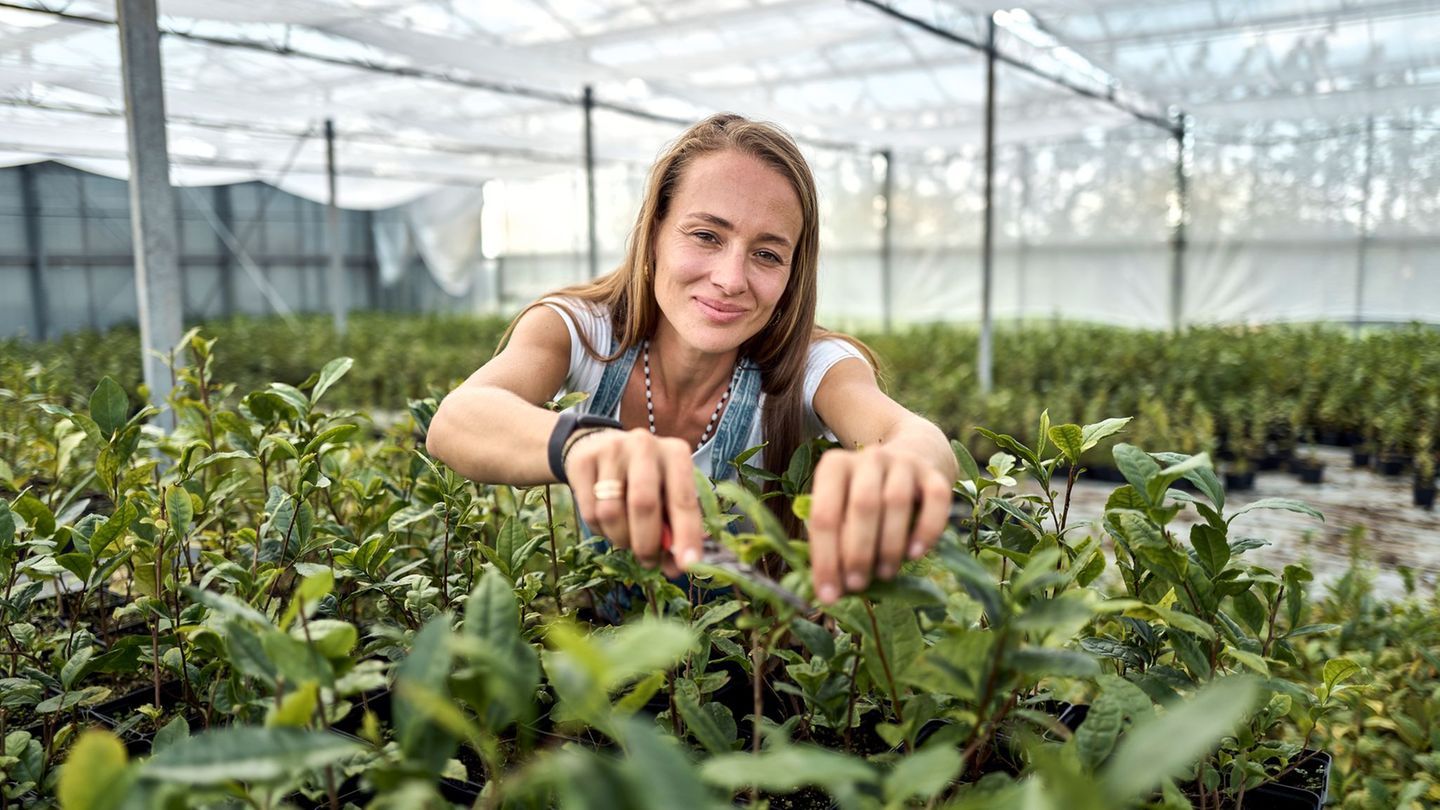Menu
Trend drink: The Matcha boom: pioneer relies on German tea cultivation
Categories
Most Read
Power supply: Electricity prices too high in winter? Authorities submit report
October 21, 2025
No Comments
Seal windows: How to minimize heat loss
October 21, 2025
No Comments
Climate: Environmental organization warns about China’s coal chemical projects
October 21, 2025
No Comments
Former kitchen manufacturer: Trial against ex-board members discontinued after Alno bankruptcy
October 21, 2025
No Comments
Dust off radiators: This is how you save money in winter
October 21, 2025
No Comments
Latest Posts

rare earths, fentanyl and soy at the center of the dispute
October 21, 2025
No Comments
October 21, 2025 – 08:02 The US president set three key conditions before resuming dialogue with Xi Jinping. Washington and Beijing will negotiate again this

Labor market: Difficult times for temporary workers in Germany
October 21, 2025
No Comments
Labor market Difficult times for temporary workers in Germany Copy the current link Add to watchlist The recession is hitting the temporary employment industry hard,

Former President Sarkozy in custody: what awaits him in La Santé
October 21, 2025
No Comments
Nicolas Sarkozy Sarkozy is being kept in a particularly isolated area, according to his lawyer Nicolas Sarkozy begins his prison sentence – beforehand a last
24 Hours Worlds is a comprehensive source of instant world current affairs, offering up-to-the-minute coverage of breaking news and events from around the globe. With a team of experienced journalists and experts on hand 24/7.

